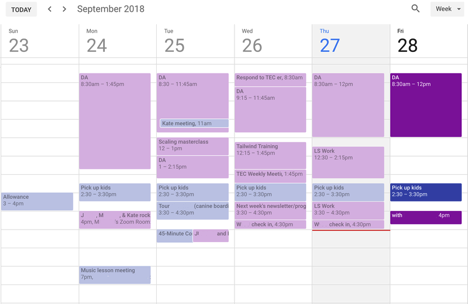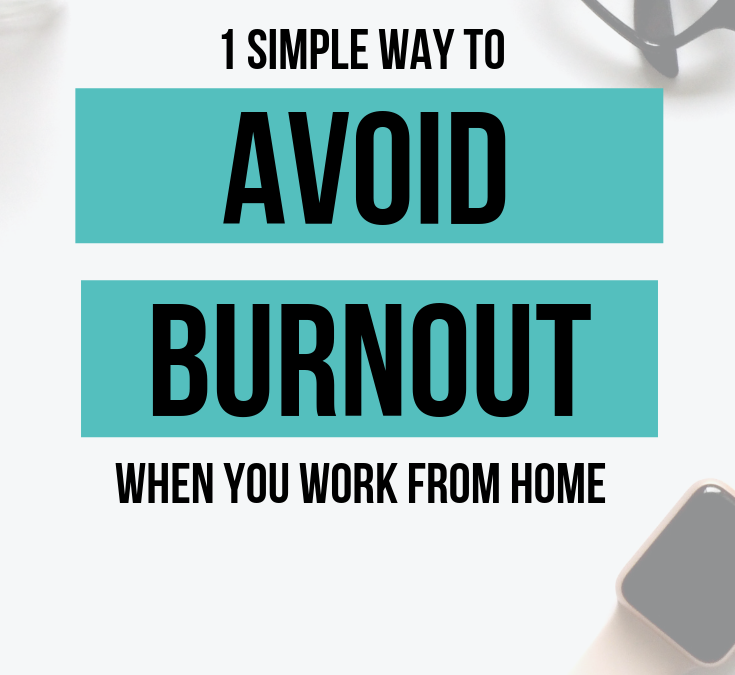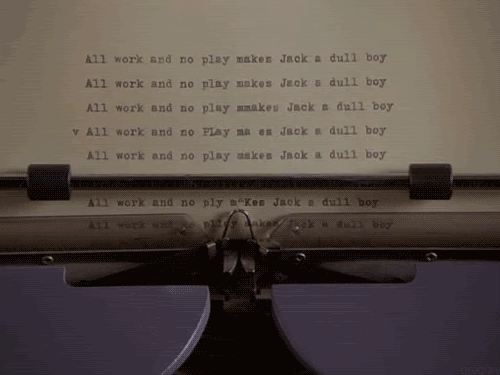
You Need A Project Plan And Here’s Why

If there is one professional piece of wisdom I can bestow upon my clients in this lifetime, let it be this: In order to be successful in your launch, you need a project plan. Sure, it’d be nice if you committed the “why” to memory (partly because I outline it so nicely for you here, and also because it will be useful for you personally in the long run) but truly, if you take away one thing, just remember you need a plan. Done. Period. End of sentence.
Plans are awesome.
Plans operate as well-lit, spacious express highways headed straight towards your successful launch. They give you guidance. They also have room for you to change lanes, speed up or slow down as necessary. And most importantly, they get you where you need to go in the most efficient way possible.
Ah, reader. I love plans (and a good analogy, clearly.) 🛣️
By making a plan you are effectively giving yourself…
-
Clarity. 💎 You’ll encounter fewer obstacles as you work your pre-planned system, which will also effectively elevate other areas of your work, too. A plan will help you get to know your client better, strengthen your messaging, and aid in more powerful marketing.
-
Relaxation. ☀️ Or more specifically: the gift of time management. Once you identify what needs to happen and when, you will consequently be identifying time slots that call for work and time slots that allow for rest. With this peace of mind, you’ll avoid that wake-up-in-the-middle-of-the-night-panic that happens when you realize you’ve forgotten something important, because it will already be accommodated for in the plan.
-
Customization. 📝 By crafting your own, one-of-a-kind plan, you are innately giving yourself permission to do it the way you want to in a style that works best for your business brain and heart. Following someone else’s template or simply winging it doesn’t cater to the unique, special things that make you such an awesome business owner!
-
Momentum. 🏃♀️ With a clear goal in sight and thoughtfully-designed milestones laid out along the way, you will have confidence with each step you take forward. This will also make it easier to check items off as you go. Once you hit “launch,” you’ll be able to look back and say “Wow, I did all of that?”
Without a plan you are leaving yourself vulnerable to…
-
Confusion.😖 How many times have you been in the shower thinking about the work day ahead and feel crystal clear on how you’re going to tackle it all, and then by the time you get to your work desk, all you can remember is “check inbox” and “make coffee”? My guess is: a lot. That’s how the human brain works. By leaving all of your launch steps in your head without organizing them on paper (computer, or other) you’re risking getting lost in the mental shuffle!
-
Overworking.🤯 Sure, the main point of a plan is to make sure you achieve what you’ve set out to achieve, but an added benefit is a plan allows you to work effectively and efficiently. Without one, you risk missing key steps that then have to be dealt with last minute, overworking certain elements that really should be left alone, and ultimately chewing into precious weekend, holiday, or family hours that should be set aside for R&R.
-
Decision-making paralysis. 😵 Without a game plan, you might find yourself overthinking or overanalyzing ALL OF THE THINGS that need to be done, making it virtually impossible to start any single task. Feeling like everything must happen at once can effectively shut a project down. Putting 10 percent into a hundred things only moves the needle forward so much, which might make you say, “Ugh, this isn’t worth it!” and scrap the project all-together.
-
Wasting resources 🤑 like time and money on items that feel really important in the moment but you could have avoided had you given yourself the opportunity to see them coming down the pipeline.
Now, you might be sitting there reading this thinking, “This is all well and good, but I don’t even know where to start! I know what I want to happen, but I’m having a really hard time identifying my very first step, let alone how many steps there will be in total!”
Yup, I get that. Here is what I recommend: As soon as you are done reading this article and ready to start your really impressive, super responsible plan-making process, take a big piece of paper (or big empty Word Document) and give yourself time to have an almighty, cathartic, *brain dump.*
A brain dump is when you take every single thought in your head as it relates to your project and write it down as it comes. Don’t judge it. Try not to analyze it. Just write it.
Once you have everything bouncing around in your brain in one piece, you will have effectively made mental space to begin the task at hand and have a frame of reference for the scope of this project. With everything in front of you and a clear mind to back you up, you can fully begin to get organized.
That, and you can call me.
I’d love to help you plan your next big project and Craft a Custom Launch to your specific needs. As part of our 3-hour planning intensive, we can walk through your own glorious brain dump together. With all of the pieces floating beautifully in front of us, I’ll help your create a project plan that makes your business-building brain feel like it went to the spa. And that’s just one small piece of all the goodness you’ll get out of it!













